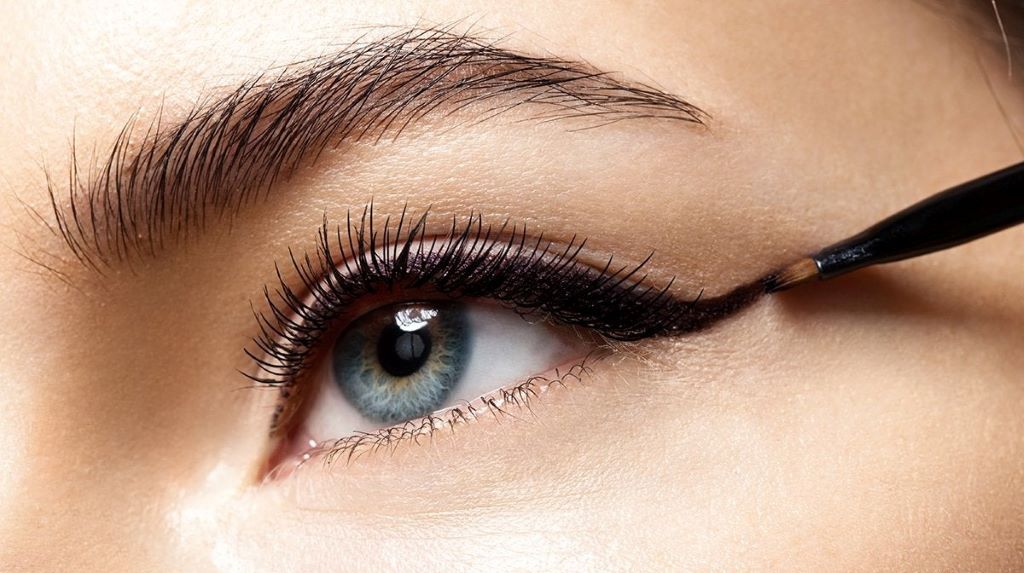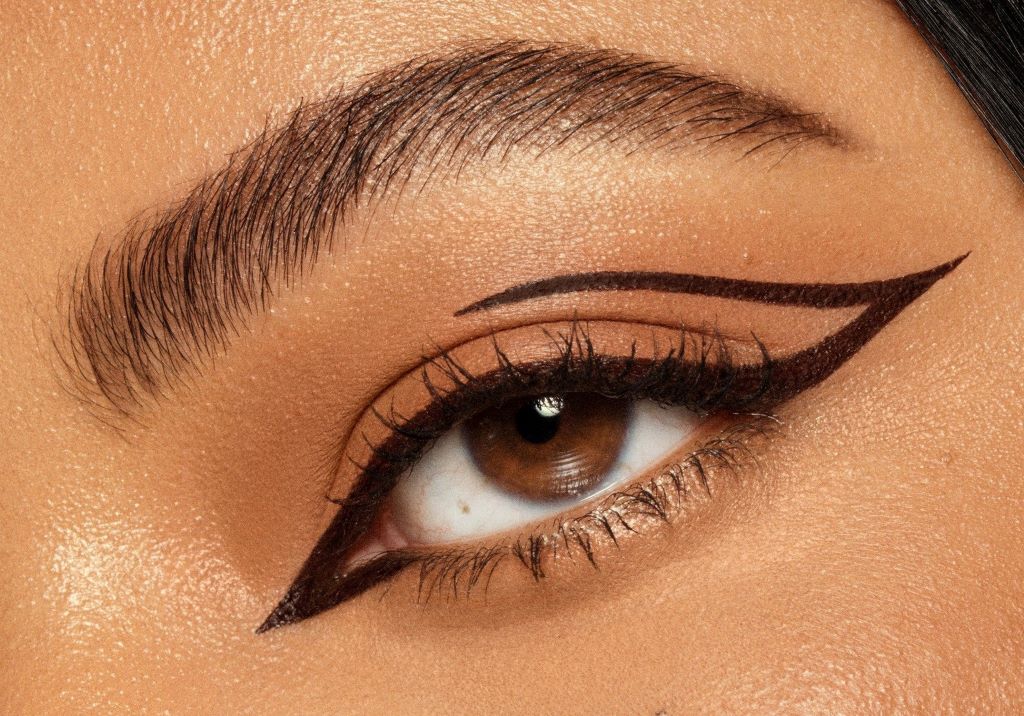Kohl has captivated beauty enthusiasts for thousands of years with its dramatic, striking appearance. However, safe application requires understanding proper techniques and ingredient considerations. Beauty experts at Styline Collection emphasize the importance of combining ancient beauty wisdom with modern dermatological knowledge for optimal eye health.
Understanding Kohl and Its Ancient Origins
Kohl represents one of humanity’s oldest cosmetic traditions, dating back over 5,000 years. Ancient civilizations valued kohl not only for aesthetic enhancement but also for its protective properties against eye infections and harsh sunlight.
Traditional kohl eyeliner egyptian formulations contained natural minerals like galena and malachite. However, modern dermatologists recommend caution when using traditional recipes. Additionally, contemporary kohl products offer safer alternatives while maintaining the classic appearance.
Essential Safety Considerations Before Application
Modern kohl formulations vary significantly in their ingredients and safety profiles. Therefore, understanding what you’re applying near your sensitive eye area becomes crucial. Many commercial kohl products now meet safety standards that traditional formulations cannot guarantee.
Reading ingredient lists helps identify potential allergens or irritants. Furthermore, products manufactured in regulated facilities undergo testing for harmful substances like lead or other heavy metals that appeared in historical formulations.
Dermatologist Tip One: Choose Lead-Free Formulations
The most critical safety consideration involves selecting lead-free kohl products. Traditional kohl often contained lead-based compounds that pose serious health risks. However, modern manufacturers create safe alternatives using iron oxides, carbon black, and other approved colorants.
Always verify that your kohl carries appropriate safety certifications. Look for products labeled as ophthalmologist-tested or hypoallergenic. Additionally, avoid purchasing kohl from unregulated sources that cannot guarantee ingredient safety.
According to the FDA, consumers should avoid traditional kohl products that may contain lead, especially those imported without proper safety testing.
Dermatologist Tip Two: Perform Patch Testing
Patch testing prevents allergic reactions and identifies potential sensitivities before applying kohl near your eyes. Apply a small amount of product to your inner wrist or behind your ear. Therefore, wait 24 to 48 hours to observe any adverse reactions.
Signs of sensitivity include redness, swelling, itching, or burning sensations. However, some reactions may take longer to develop, making extended observation periods important. Additionally, discontinue use immediately if any uncomfortable symptoms appear.
Proper Patch Testing Technique
Clean the test area thoroughly before application. Apply a small dot of kohl and cover with a bandage if desired. Furthermore, avoid washing the area during the testing period to ensure accurate results.
Document any reactions with photos and notes about timing. This information helps identify specific triggers if multiple products cause similar responses. Moreover, share this information with your dermatologist if professional consultation becomes necessary.
Dermatologist Tip Three: Maintain Strict Hygiene Practices
Proper hygiene prevents bacterial contamination that can lead to serious eye infections. Clean hands thoroughly before handling kohl or application tools. Additionally, ensure all applicators remain free from contamination between uses.
Never share kohl pencils or applicators with others, as this spreads bacteria and increases infection risk. Replace kohl products according to manufacturer recommendations, typically every six months for pencils and three months for liquid formulations.
Cleaning Application Tools
Wash brushes and applicators with gentle soap and warm water after each use. Allow tools to dry completely before storage to prevent bacterial growth. Furthermore, replace disposable applicators after single use to maintain optimal hygiene standards.
Store kohl products in cool, dry locations away from direct sunlight. Heat and moisture accelerate bacterial growth and product degradation. Therefore, bathroom storage may not provide ideal conditions for cosmetic preservation.
Dermatologist Tip Four: Apply with Gentle Pressure
The eye area contains delicate skin that requires careful handling during kohl application. Use light, gentle strokes rather than pressing firmly against the skin. However, achieving desired intensity may require multiple light layers instead of heavy single applications.
Pulling or stretching the eyelid during application can cause premature wrinkles and skin damage. Support the skin gently with your non-dominant hand while applying kohl with controlled movements. Additionally, take breaks if your eyes begin to water or feel irritated.
Proper Application Technique
Start from the inner corner of the eye and work outward in small segments. Allow each section to set before moving to the next area. Furthermore, blend harsh lines using a clean cotton swab or small brush for softer results.
Remove excess product immediately if application becomes too heavy. Gentle dabbing with a clean tissue removes unwanted kohl without disturbing the surrounding makeup. Moreover, practice on less visible areas first to develop proper technique.

Dermatologist Tip Five: Remove Thoroughly Each Night
Complete kohl removal prevents overnight bacterial accumulation and reduces risk of eye infections. Use gentle, oil-based makeup removers specifically designed for waterproof cosmetics. However, avoid harsh rubbing that can damage delicate eye area skin.
Soak a cotton pad with remover and hold against closed eyes for several seconds. This technique allows the product to dissolve stubborn kohl without aggressive scrubbing. Additionally, work from outer corners inward to prevent product migration into eyes.
Double Cleansing Method
Follow makeup removal with a gentle facial cleanser to ensure complete product elimination. This double cleansing approach removes any residual oils or particles that single cleansing might miss. Furthermore, pat the area dry with a clean towel rather than rubbing.
Apply a gentle eye cream after cleansing to maintain skin hydration and barrier function. The removal process can strip natural oils, making moisturization essential for healthy skin maintenance. Therefore, choose products formulated specifically for the delicate eye area.
Recognizing Signs of Eye Irritation
Understanding warning signs helps prevent minor irritations from developing into serious problems. Mild redness or watering often indicates the need for product discontinuation. However, persistent symptoms warrant professional medical evaluation.
Seek immediate medical attention for severe swelling, discharge, or vision changes. These symptoms may indicate bacterial infections requiring prompt treatment. Additionally, document which products preceded any adverse reactions for future reference.
Alternative Application Methods
Consider using kohl powder instead of pencils for sensitive eyes. Powder formulations often contain fewer preservatives and binding agents that trigger reactions. Furthermore, application brushes allow for more controlled product placement than direct pencil contact.
Gel-based kohl products offer another alternative for those experiencing sensitivity issues. These formulations typically provide easier removal while maintaining good color payoff. However, always patch test new product types before full application.
Professional Consultation Guidelines
Consult with dermatologists or ophthalmologists if you experience recurring eye irritation from cosmetic use. Professional evaluation can identify specific triggers and recommend suitable alternatives. Additionally, individuals with existing eye conditions should seek guidance before using kohl products.
According to WebMD, proper eye makeup hygiene significantly reduces the risk of infections and complications.
Long-Term Eye Health Considerations
Regular kohl use requires ongoing attention to eye health and product safety. Schedule routine eye examinations to monitor for any changes or developing conditions. Furthermore, maintain open communication with healthcare providers about your cosmetic use habits.
Consider taking occasional breaks from kohl application to allow your eye area to recover. This practice helps identify whether any ongoing irritation stems from product use versus other factors. Moreover, periodic breaks can improve overall skin health around the eyes.
Conclusion
Safe kohl application combines ancient beauty traditions with modern dermatological knowledge for optimal results. Choosing lead-free formulations, performing patch tests, maintaining strict hygiene, applying with gentle pressure, and removing thoroughly each night form the foundation of healthy kohl use. Additionally, recognizing irritation signs and seeking professional guidance when needed protects your long-term eye health. Furthermore, understanding proper techniques and safety considerations allows you to enjoy this timeless beauty practice while minimizing risks. Therefore, implementing these dermatologist-recommended tips ensures that your kohl application enhances your appearance without compromising your eye health or safety.
Frequently Asked Questions
Q: How often should I replace my kohl eyeliner to maintain safety? A: Replace kohl pencils every six months and liquid formulations every three months. However, discard any product immediately if you notice changes in smell, texture, or if you develop an eye infection while using it.
Q: Can I use traditional kohl recipes found online safely? A: Dermatologists strongly advise against homemade traditional kohl recipes, as they often contain lead or other harmful substances. Instead, choose commercially manufactured products that meet modern safety standards and regulations.
Q: What should I do if my eyes become irritated after kohl application? A: Remove the kohl immediately with gentle makeup remover and discontinue use. If irritation persists beyond 24 hours or worsens, consult with an eye care professional for proper evaluation and treatment.
Q: Is it safe to apply kohl on the waterline of my eyes? A: While many people apply kohl to the waterline, this practice increases infection risk since the product contacts the eye’s mucous membrane. If you choose to do this, use only ophthalmologist-tested products and maintain strict hygiene.
Q: Can contact lens wearers safely use kohl eyeliner? A: Contact lens wearers can use kohl but should insert lenses before makeup application and remove them before makeup removal. Choose smudge-proof formulations to prevent particles from getting under lenses and causing irritation.
Read More:
What’s Next in Fashion? Exploring Emerging Trends and Styles
Fashion that has stood the test of time

